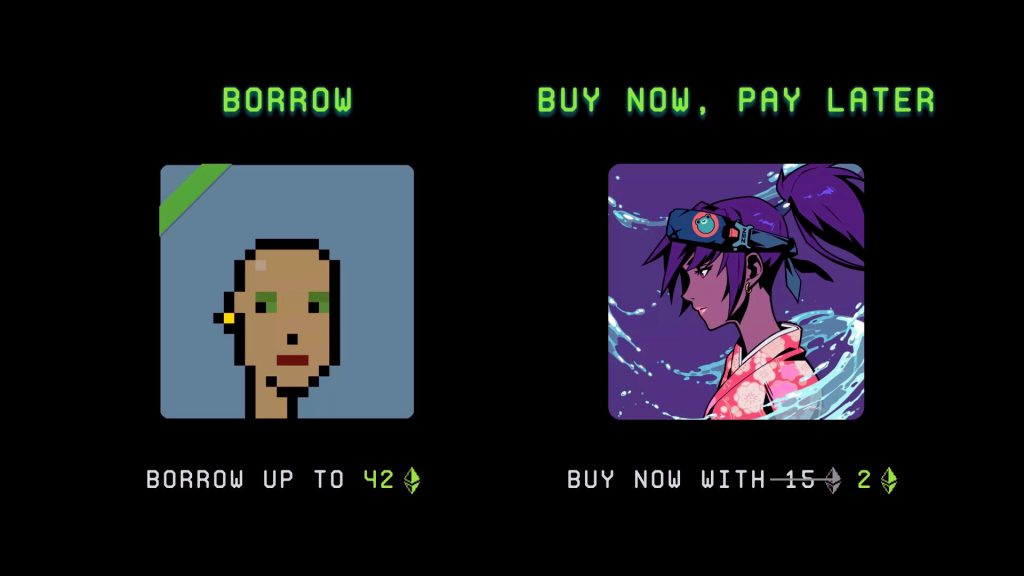Following the NFT-backed loan market exceeding $1 billion in total loan value, the leading Ethereum NFT marketplace, Blur, launches Blend. This new lending protocol enables NFT collectors to use their digital assets as loan collateral. Moreover, liquidity providers can earn interest by lending ETH with NFTs as backing.
Quick Takes:
- Blur launches the lending protocol Blend, so more people can affordably buy into NFTs.
- Blend offers higher yield opportunities than other DeFi protocols and increases NFT liquidity. Moreover, the protocol includes perpetual loans with no fixed repayment timelines.
- The software code for Blend is under the Business Source License (BSL), similar to Uniswap V3. In light of this, Blur token holders can govern additional grants.

Aspects Behind Blur’s Lending Protocol
The team behind Blur believes that many people want to purchase collectibles. However, they cannot afford to do so. This is where Blend comes in.
“Blur was built on the principle that tokens are eating the market of fungible assets and NFTs are eating the trillion-dollar market of non-fungible assets,” according to Blur via a tweet thread.
Built in collaboration with Dan Robinson, Transmissions 11, and Paradigm, Blend offers perpetual loans with no fixed repayment timelines, despite loans typically accruing interest until repaid, or the lender initiates a refinancing option. Blend, however, allows NFT collectors to take out loans on their existing digital assets and lets providers earn interest by loaning out ETH with the NFT as backing.
The new lending protocol also offers significantly higher yield opportunities than other DeFi protocols and increases NFT liquidity.
Consequently, Blur took to Twitter to share the good news about its recent creation:
Blur’s software code for Blend falls under the lisence BSL, similar to Uniswap V3. Therefore, certain conditions make the code usable for free, for a particular time before subjecting a fee.
Token holders of Blur can govern any additional fees or grants on the protocol. They have the rights to enable costs after 180 days via a vote, despite the platform currently having no fees.
As such, the first “buy now pay later” purchase took place not long after the lending service’s launch:
Overall, this new protocol is an open and versatile system that can facilitate floating-rate lending without needing oracle dependencies. In addition, the lending protocol can support numerous types of collateral. This allows the market to set interest rates and loan-to-value ratios according to the market’s needs.
Subscribe to the NFT Lately newsletter to receive news covering the latest NFT-related drops, releases, reviews and more.



